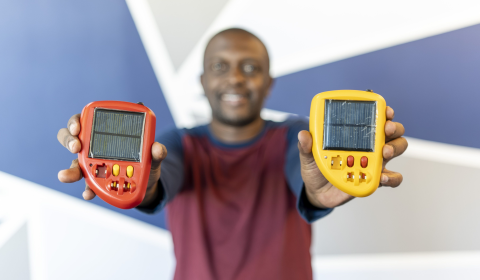An open letter has been signed by more than 60 US scientists calling for funded research into ‘solar engineering’ as a global warming deterrent. In laymen’s terms, they want to explore methods of reflecting Earth-bound sunlight back into space.
While most ecological NGOs and activists continue to obsess over bringing emission levels down, a cohort of scientists are exploring a potential Earth cooling cheat code.
When talking mitigation, it’s no secret that there’s room for improvement. Our efforts to curb global warming are ‘not on track to meet the 1.5C Paris Agreement goal,’ according to the UNEP. With certain impacts of the phenomenon already deemed ‘irreversible,’ understandably, many aren’t considering means of de-escalation beyond 2050.
This week, however, a cohort of forward thinking scientists have come forth with a pretty outlandish proposal to bring global temperatures down for centuries to come.
An open letter with 60 signatories hailing from the US, Canada, and Europe has requested funding and manpower to assess the feasibility of ‘solar geoengineering’ as a potential solution.
Otherwise known as ‘solar radiation management,’ this currently dubious concept involves actively blotting or reflecting Earth-bound sunlight back into space and rapidly cooling the planet. Basically, dialling down the globe’s natural thermostat.
Before you dismiss the idea as being sensationalist or pure hokum, it’s worth mentioning that brilliant minds are considering the possibility – or, at the very least, want further assessment into the science. The letter is led by a certain James Hansen, the renowned ex-NASA researcher credited with bringing early awareness to climate change back in the 1980s.




















